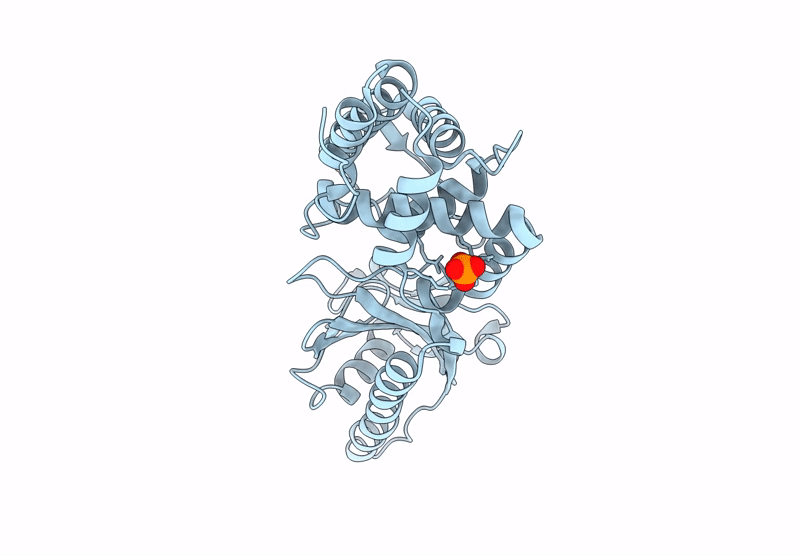
Deposition Date
2024-03-23
Release Date
2025-01-29
Last Version Date
2025-01-29
Entry Detail
PDB ID:
8YSN
Keywords:
Title:
Crystal structure of the Deinococcus wulumuqiensis CD-NTase DwCdnB Ear-cut mutant
Biological Source:
Source Organism:
Deinococcus wulumuqiensis (Taxon ID: 980427)
Host Organism:
Method Details:
Experimental Method:
Resolution:
2.01 Å
R-Value Free:
0.20
R-Value Work:
0.17
Space Group:
P 21 21 21


